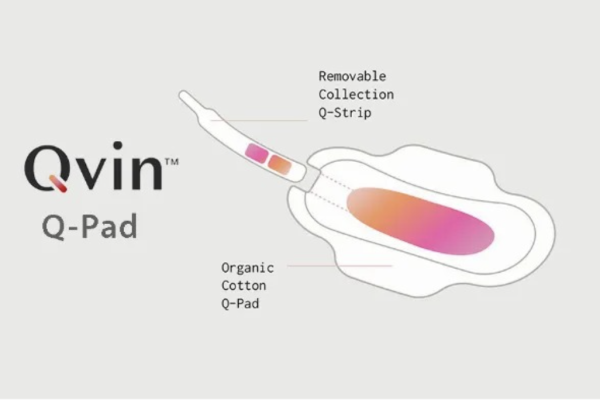EDITORIAL
Why do most people in the Nordic countries enjoy safe and reasonably prosperous lives in democracies that pride themselves on equality and welfare?
Is it because of natural resources like rich finds of oil, metals, minerals, and wood in their forests?
If they were the reasons then whole populations in many other countries that are also rich in natural resources should be enjoying the good life, that is sadly seldom the case.
The most important reason for Nordic social success that others want to emulate is based on education and respect for a caring community where we look after our own, or at least try hard to aspire to such objectives.
Pre-WW2 was Hard for Many Nordics
The Nordic countries have had a tough history because their combined land mass measures 1.3 million km2 but hold a small population of around 27 million. The combined land mass of Germany, France, and Spain is approximately the same size with a population that is eight times larger!
The Nordics have cold climates with long winters and, except Denmark, are separated from western Europe by seas.
Even though the Nordics are well supplied with natural resources, like forests, an abundance of sweet water lakes and rivers, fossil fuels, metals and other raw materials, getting them harvesting and selling them required manpower, skills, and financial resources. Before the second world war, they were forced to rely on limited trading opportunities for survival without modern shipping and air connections. Trade was limited by the capacity of slow small sailing ships and wood burning steamers!
The End of WW2 Brought Nordic Prosperity
A non-aligned Sweden remained outside the hardships of war and enjoyed a stronger economy that relied on shipbuilding, metal mining and manufacturing, the production of vehicles and weapons, agriculture and forestry products. While the others were rebuilding their industries, Sweden was already enjoying the benefits of having many large global companies that could export crucial war materials and other investment goods to the far corners of the Earth.
Sweden’s companies expanded rapidly, fully employing their own population and hundreds of thousands of Finns, who could not find work at home.
Norway, which became independent in 1905, was one of the poorest countries in Europe some 150 years ago. Then the Norwegians discovered oil and gas and grew fast with their new wealth in the 1970s, while the Finns saw economic improvements after repaying war debts to Russia with ships, metals, and consumer products that were badly needed by the Russians. The Danes subsequently enjoyed better markets by exporting beer, pork, apples, wind turbines, shipping, and last of all, pharmaceuticals.
Between the 1970 and 2000, all four Nordic counties opened themselves up for trade that was focussed on high quality engineering innovations that improved productivity that were in demand from businesses and consumers across the globe. They were huge beneficiaries from mobile phones, the internet, mining, metal manufacturing, shipping, forestry, agriculture, fisheries, energy and power equipment, and later from energy efficiency and renewable energy sources.
The common theme was based on engineering skills, the application of science and research and development, all based on having a reliable and sufficient supply of engineers, technicians, teachers, medical doctors, and healthcare workers from mainly public education systems for children, men and women, all effectively extracted from the relatively small Nordic population.
Innovations, Education, Democracy, & Equality of Opportunity
Herein lies the second group of factors of higher living standards; these are the innovations in education, democracy, and equality of opportunity that were newly accepted as given virtues to be cherished by our respective populations. Authoritarian despots and extreme political groups just did not thrive in such societies but yielded a workforce with the requisite skills to innovate and sell using global trade routes. Higher standards of living meant higher labour costs had to be offset by big improvements in productivity that scientists, engineers and technicians reaped; a process that continuous education and equal opportunities continues to support.
There result is that the Nordic countries enjoy one of the highest standards of living in the world…
… and this is the message of this site which you should be following each week, because the Nordics still enjoy relatively high living standards that demand relatively high wages that must be offset in the future by improvements in productivity that new innovations must bring.
It is a virtuous circle that needs to see innovation in business, in science, in technology, in education and in politics.
Welcome to the Nordic Model – but let’s be frank and honest – it is not all that rosy, but a lot better than many other places, and there is certainly many good reasons for the Nordics to be amongst the happiest countries in the world.
Photos: Pixabay Ole Jørgen Bratland/Equinor




